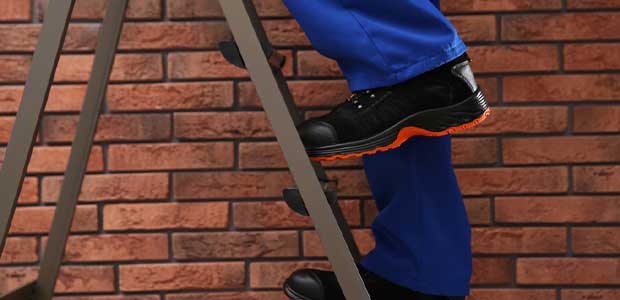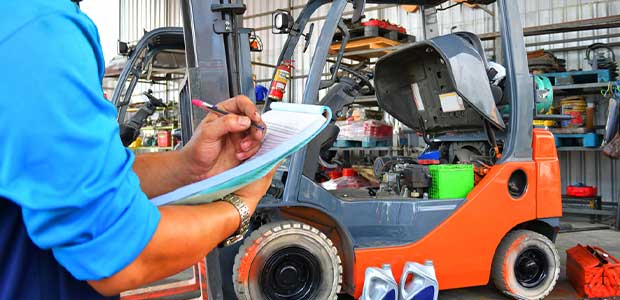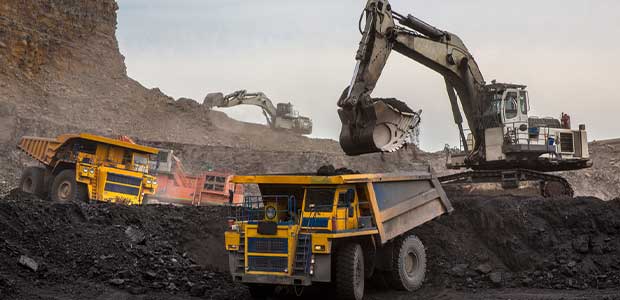
EHS records and reporting provide a baseline for an ESG program.

Tech-driven innovations are the key to providing workers with footwear that is comfortable, safe and convenient.

Understanding forklift safety could save lives.

Physiologic monitoring can help protect all workers from heat-related illness.

Not all definitions for “qualified” are the same.

Some of the topics the respondents were surveyed on were the height of the fall, the cause and if the employer made changes.

The ruling follows an incident in 2016 when a walkway collapsed with a worker on it.
Safety+ Symposium is over, but there are VPPPA events and resources to look forward to.
VPPPA has announced its latest location for their annual event.

The company must make changes, pay a penalty and will face probation after a court order.